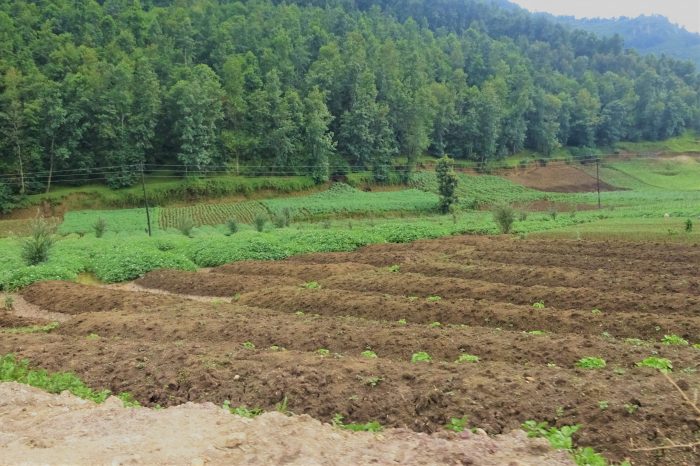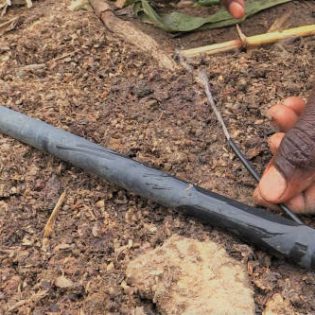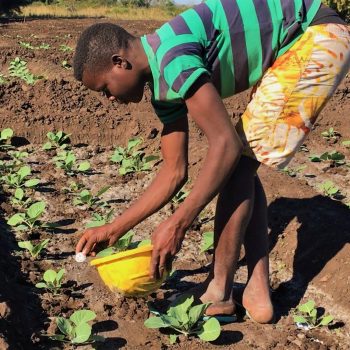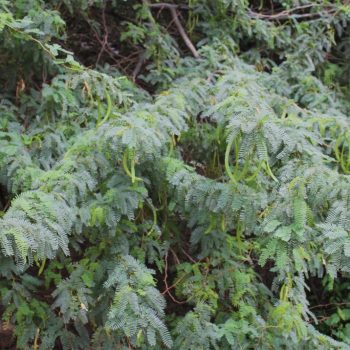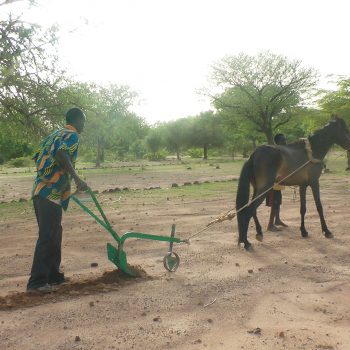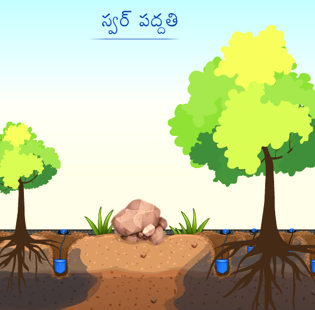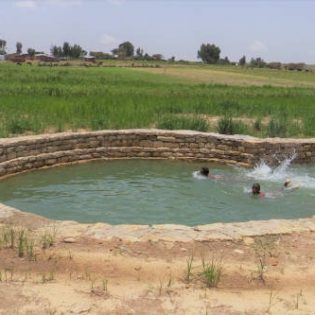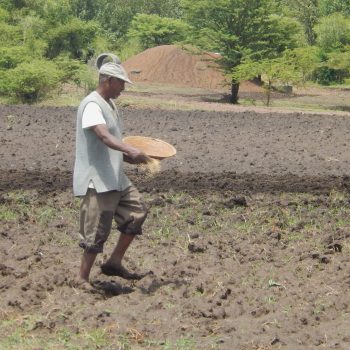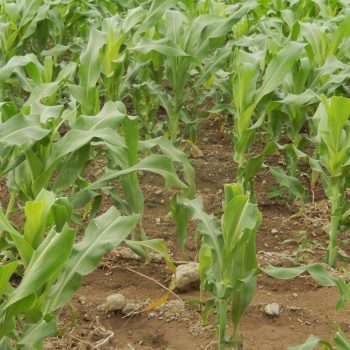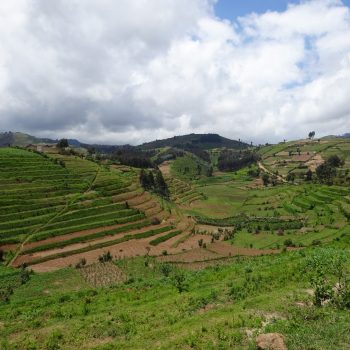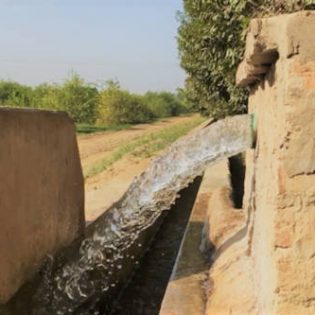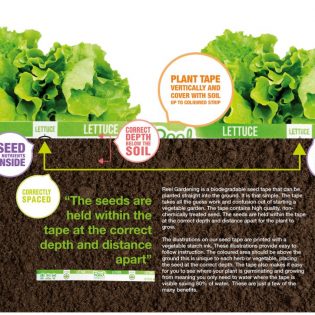| Crop rotation is the practise of consecutively changing crops on a field. A cycle may include a different number of years, from 3 up to 7+ planting various crops in turns and/or leaving the land fallow to recover. In this case, areas may be either unused or used as green leys for livestock.
These practices can be helpful since there are certain crops contribute to nutrient depletion and retention. At the same time there are other crops that release nutrients which can support the development of other crops. Therefore, selecting specific crop rotations reduce the negative effects of certain crops on the soil and can foster benefits. There is no standard crop rotation chart though, however there are certain combination recommendations to achieve certain objectives. There are multiple benefits of implementing the crop rotations approach such as (a) fixing nitrogen (b) optimization of expenses saving on chemicals, (c) increase biodiversity, (d) increase water retention, (e) reduced usage of pesticides, (f) protection from erosion, (g) increased yields. Multiple cropping, is a distinct crop rotation effort as farmers harvest a crop more than once a year. Together with crop rotation it is a widespread land management strategy. In tropical and subtropical agriculture cropping often happens consecutively, whereas in many other systems a second crop may be planted during the running cropping season (this commonly referred to as intercropping). Multiple cropping is a way of intensifying agricultural production and diversifying the crop mix for economic and environmental benefits (Waha et al., 2020). Besides increasing the number of harvests (risk spreading and diversification) multiple cropping also increases sustainability in crop production, pest reduction, resistance to climate events and reduction in fertiliser use when combined with (nitrogen fixing) legumes (Peoples et al., 2009). An approximated 135 million hectares worldwide are found to have multiple cropping systems (Waha et al., 2020). Those systems that have proven improve sustainable crop production (sustained yield) include: cereal – legumes and cereal – groundnut (cereals in Africa commonly being maize, millet, sorghum, wheat); or combinations of winter (rabi) and summer (kharif) crops in South-Asia typically consisting of rice-/maize-potato/cereals combinations.
|
Additional information
| Agriculture | Flood/spate irrigated, Irrigated, Rainfed (Crop) |
|---|
